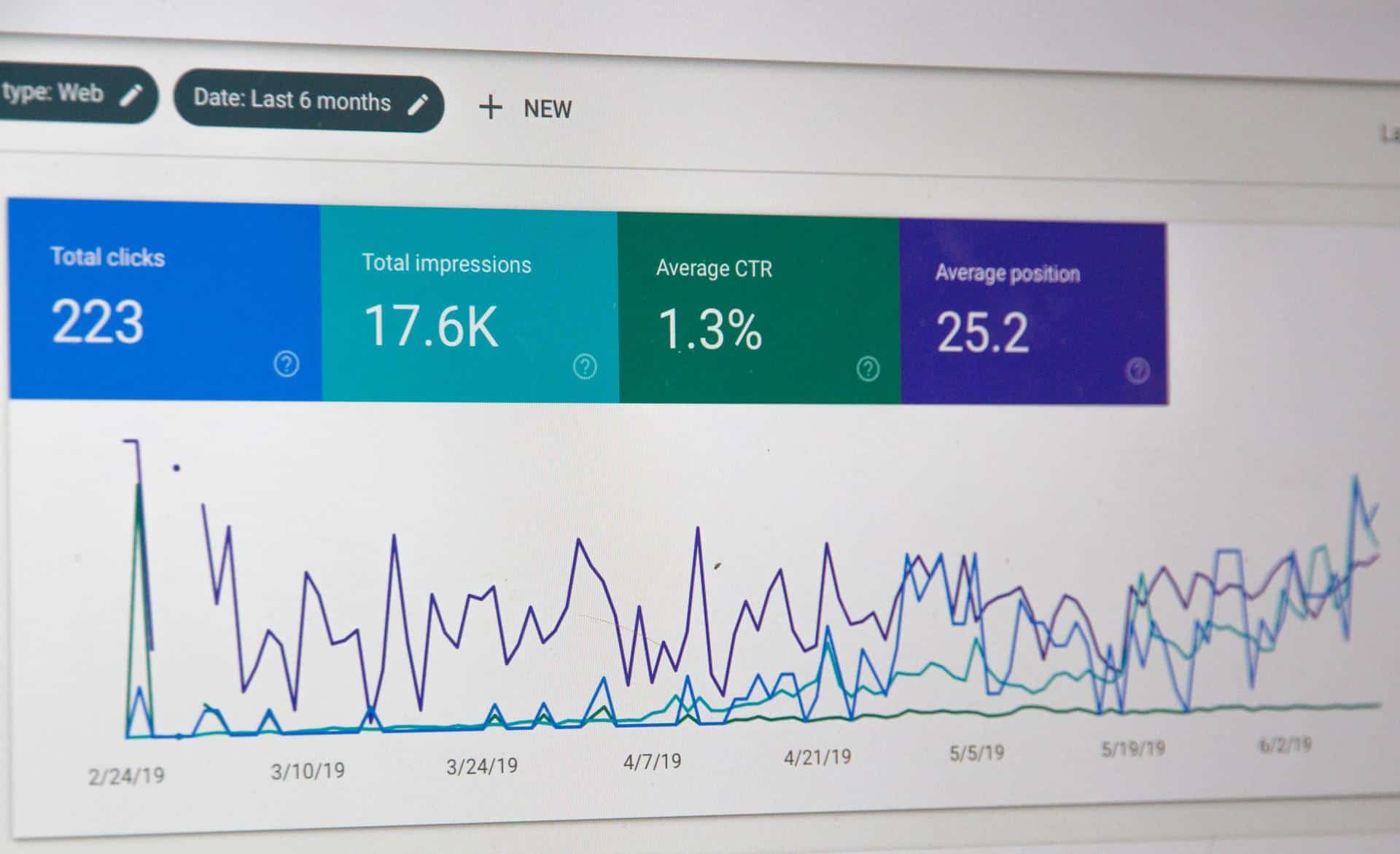A crucial part of keeping a website useful, efficient, and competitive is constant analysis. Most of the guides on website analysis evaluate website performance based on a few criteria. Common advice is to test website speed, run an SEO audit, and perform competitor and traffic analysis.
However, the most important part of website analysis is to understand the website visitors. The goal is to keep visitors on the website and make them come back.
What is website analysis, and why is it important?

It's essential to have a site without usability issues, that is fast and ranks well on Google. It's also important to maximize the website's traffic and be aware of its competition. Standard web analysis covers all of these issues. However, everyone has access to it.
One thing that is unique to every website and that its competition doesn't have access to is the user perspective. So if you want a complete website analysis, you need to include user feedback. Understanding what users want from your website, how they are experiencing it, and what they don't like about it is the most relevant type of insight. With this information, you can enable your website to provide a great user experience and have a loyal user base.
Types of website analysis
As we already mentioned, traditional website analysis can be divided into five categories. Each one of them is important to run a perfectly optimized website.
Search engine optimization analysis and auditing

On-page SEO audits search the website for technical issues that could affect the website's search engine performance.
Search engine ranking analysis shows where the website ranks on search engines like Google or Bing. It can generate data based on a certain keyword or all the keywords the website ranks for. It can also show how the website ranks in different locations and on different devices.
Finally, by doing backlink analysis, you find out which websites link to your site and compare that information with your competitors'.
Website speed and performance
Nobody likes slow websites, not users, not search engines. Website speed and performance analysis finds out if the website is fast, average, or slow. It also finds out the cause by analyzing key metrics. They include load time, page size, image compression, browser caching, and many more. You can also get an overall performance score by testing the mobile and desktop versions of your website separately.
Competitive analysis
Today, it is almost impossible to offer a product, service, or experience that someone else hasn't already offered. Almost all websites compete with other websites for the same target audience. Competitive analysis identifies those websites, the threats they pose, and advantages that can be used in your favor. This is also often referred to as a SWOT analysis (Strengths, Weaknesses, Opportunities, Threats).
Behavior analytics and feedback
Traffic analysis
Traffic analysis monitors the number and activity of website visitors. It identifies from where website traffic originates, the website's popularity, and where on the website visitors lose interest and leave. This information is crucial for successfully attracting visitors and keeping them as users on the website.
Top 5 web analysis tools
Frequent website analysis is crucial in making a website efficient, competitive, and useful. To help out with that, here is a list of the five best analysis tools that will enable you to keep your website always on top.
1. Screpy
Screpy‘s easy-to-use dashboard provides all the statistics in one place. This is ideal for identifying and correcting website issues.
With this tool, you optimize your website based on real-time data. With easy access to the most useful analytics tools, you can make sure your website is at its top performance.
2. Semrush
With this tool, you can uncover millions of national and local keywords, analyze any website's backlink profile, and track your SERP positions daily.
It analyzes the website data and instantly offers recommendations on SEO, content marketing, and advertising. These can improve your online visibility in a matter of days.
3. Hotjar
Session recordings allow you to watch anonymous user sessions on your website. Through them, you see where individual users get stuck and possibly leave the website. Heatmaps highlight all the clickable elements on the website and analyze which ones users interact with.
So basically, this tool gives an insight into the interests and habits of users.
4. Pingdom
With this tool, you can also monitor site availability from over a hundred locations worldwide.
Real user monitoring analyzes how actual end users are interacting with and experiencing your website. The information is based on the browser as well as device type, and geographic location.
Also, with this tool, you can compare usage metrics over time to see if your website performs better than before.
5. Google Analytics
This tool is perfect if you are already using some of Google's apps and tools. Since they are designed to work together, you can easily access data from other Google solutions while working in Google Analytics.
This tool also provides you with a smooth workflow that saves time and increases efficiency.
Picking the right website analysis tools is important
Analysis tools keep a website useful, efficient, competitive, and in touch with its users. However, it's not easy to choose from many different tools that monitor and improve websites. It takes a lot of experience to know which tools are right for your website.
Some of these tools, like Screpy, are an all-in-one solution, which is perfect if you are just starting with the optimization of your website. Screpy provides all the relevant data on one dashboard, and it's easy to understand.
Try different website optimization tools to see what fits your needs. The important thing to look for is which tool offers the most actionable solutions. With the right combination of web analytics tools, you can improve your website and gain a loyal user base.
